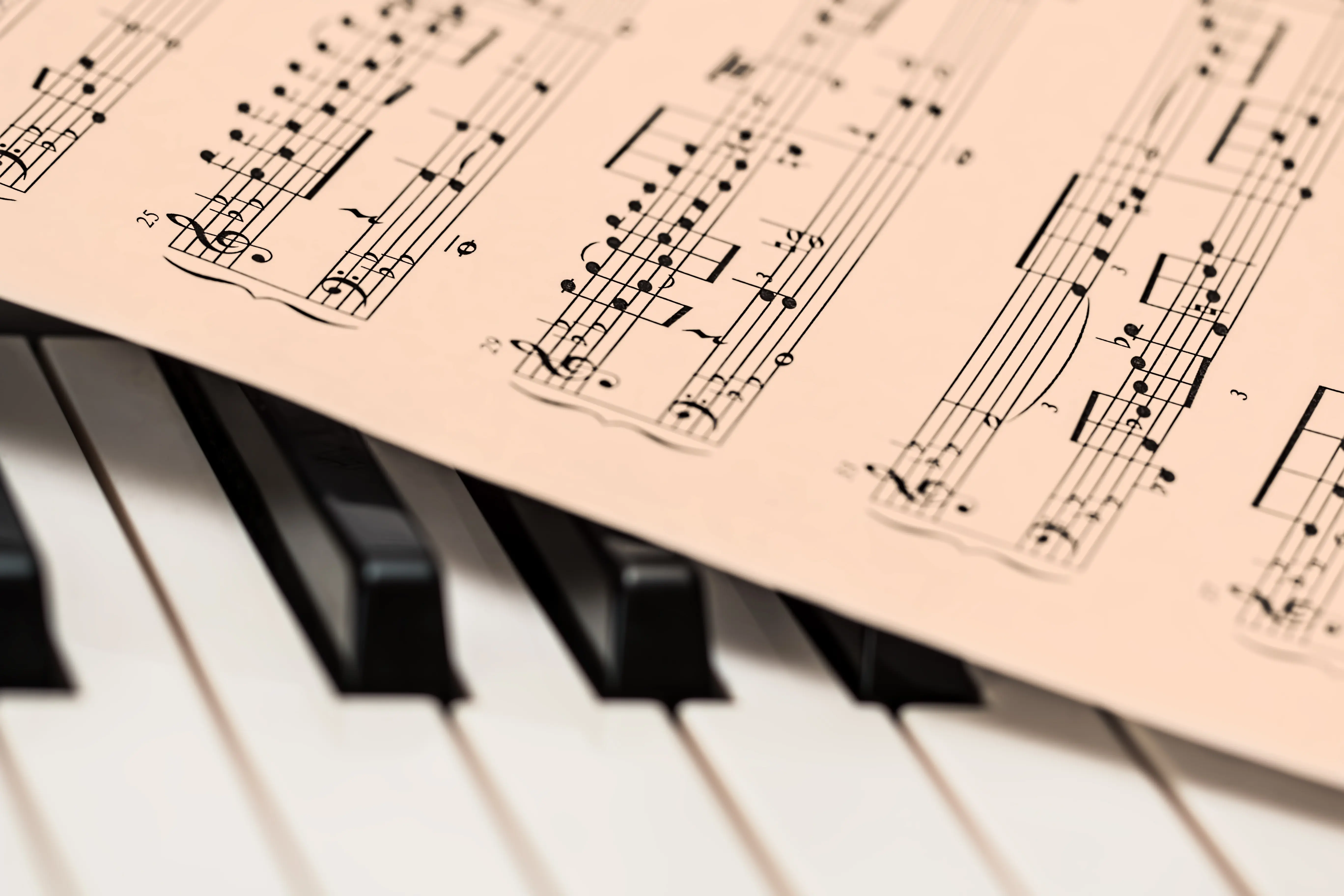Sample By: My Essay Writer
YO-YO MA, the cellist, is one of the classical musicians who is widely recognized by the public.

Ma’s prominence was enthusiastically apparent at the Atlanta Symphony Orchestra concert on the 18 April, 2015, Night at Carnegie Hall, New York. The crowd thunderously applauded him the moment he took the stage. This was during “Awakening from a Disappearing Garden” by Angel Lam. Robert Spano conducted the symphony and opened with the music of Beethoven, Bach, and Brams. Alongside was Andre Watts a guest piano soloist. As the audience settled into its seats, the majority of the orchestra left the stage since only a smaller group was needed to perform Orchestral Suite No. 3 of Bach. “Overture,” which was the opening of the suite, faced a few ensemble challenges with the timing being away between sections. The suite that followed was the well-known “Aria” that offered a chance to regulate in a lyrical context. The ensemble drew metrically tighter for the entire suite. A much better taste for the audience, however, was Brahm’s Symphony No.3. The sound out in the listener felt warmer, having more bloom and more detailed and immediate even under the anxious extension of the loge at the back row of the main floor (Atlanta Symphony Orchestra, 2015).
From that point forward, Watts performed Beethoven’s Piano Concerto No.3 as soloist. Looking back, Watt gained his fame at a tender age of 16 the time Leonard Bernstein brought him to solo in “Young Peoples Concert”. In this concert, Watt decided not to play the new Steinway D of the orchestra since he found the instrument unprepared for the performance. He chose one of the older pianos of Atlanta Symphony Orchestra instead. This selection offered the audience a much better measure of acoustical change. He played with a score set flat, where the tune track usually would have been, conceivably only like a safety net. His playing, however, continued to have a warm and opulence tone contrary to performers with more sharp-edged, modern ones. This was old-fashioned but appreciated. He performed with substantial emotions and passion that had a great impact on the audience. The way he moved around and his facial expressions during the performance were stunning (Atlanta Symphony Orchestra, 2015).
Lam’s New York was a thirty minutes large orchestra and concerto for cello by multiple dream narration courtesy of the composer. This orchestration comprised of two dozen drumming instruments that offered the work a large percentage of its character. They sounded soft and loudly at the same time. The cello, on the other hand, provided flowing melody. A saxophone and a piano alternated the melody of the song like two lovers dancing. As the zeal of the song heated up, its texture changed the song as piano and other instruments accompanied as the saxophone took the melody. The rhythm was continuously steady but appeared to increase the tempo at the song’s climax. At this same point, the dynamics of the song were getting louder to the point where all the instruments met with a bang and changed the dynamics to moderate until the completion of the song (Atlanta Symphony Orchestra, 2015).

As Spano and the Orchestra were about to start the performance, a woman in the audience yelled “Welcome back!” which got applause and cheers from the entire audience. A man then later yelled “We love you Robert” and at that point, Spano broadly smiling, blew the audience a kiss. He was introspective and tasteful with the cadenzas and had a sufficient aspect of velocity. I rather felt underdressed since everyone around was formally dressed. All the performers were dressed in black and white. The woman coordinating was in a shiny gray dress with long hair (Atlanta Symphony Orchestra, 2015).
The concert was semi-staged having the nightingale first coming into view in the second-row seats that were overlooking the stage, flickering away then resurfacing shortly after in the right aisle. The singer who was representing the emperor was on a throne-like chair, which was by the orchestra, in which he slouched to replicate his illness. In addition to the orchestra and the singer, there was a mixed choir. One remarkably strange aspect of the choir was that at one point, the singers turned their backs to the audience hence facing the back wall. I do not understand why they chose to do that since they ended up confusing the audience. At the end of the performances, the movements were most lyrical and most beautiful I have ever heard. The theme began in the basses and then the whole orchestra gradually amplified it introducing a totally magical and serene atmosphere. The distinct middle part created tension that disappeared when the first theme came back (Atlanta Symphony Orchestra, 2015).
I personally most enjoyed Ma’s performance. It was magnificent. From the moment he took the stage, it was clear that he loved the orchestra, particularly the cello section that he acknowledged with a wave, a wink, and a light smile. His tone was glorious and his interpretation completely thoughtful and intensely musical. He was evenly efficient in fast rhythms, playing with passion and immediacy. Stravinsky’s Le Rossignol was also on the program. What I admired about Angel Lam was his willingness to leave the stage to other musicians to blow the audience using their music. The concert was worth attending as it left the audience warm and blissful. Overall, the entire orchestra delivered an amazing performance that was completely impressive and enjoyable. From that kind of experience, I would not want to miss any orchestra around. It was magnificent.






